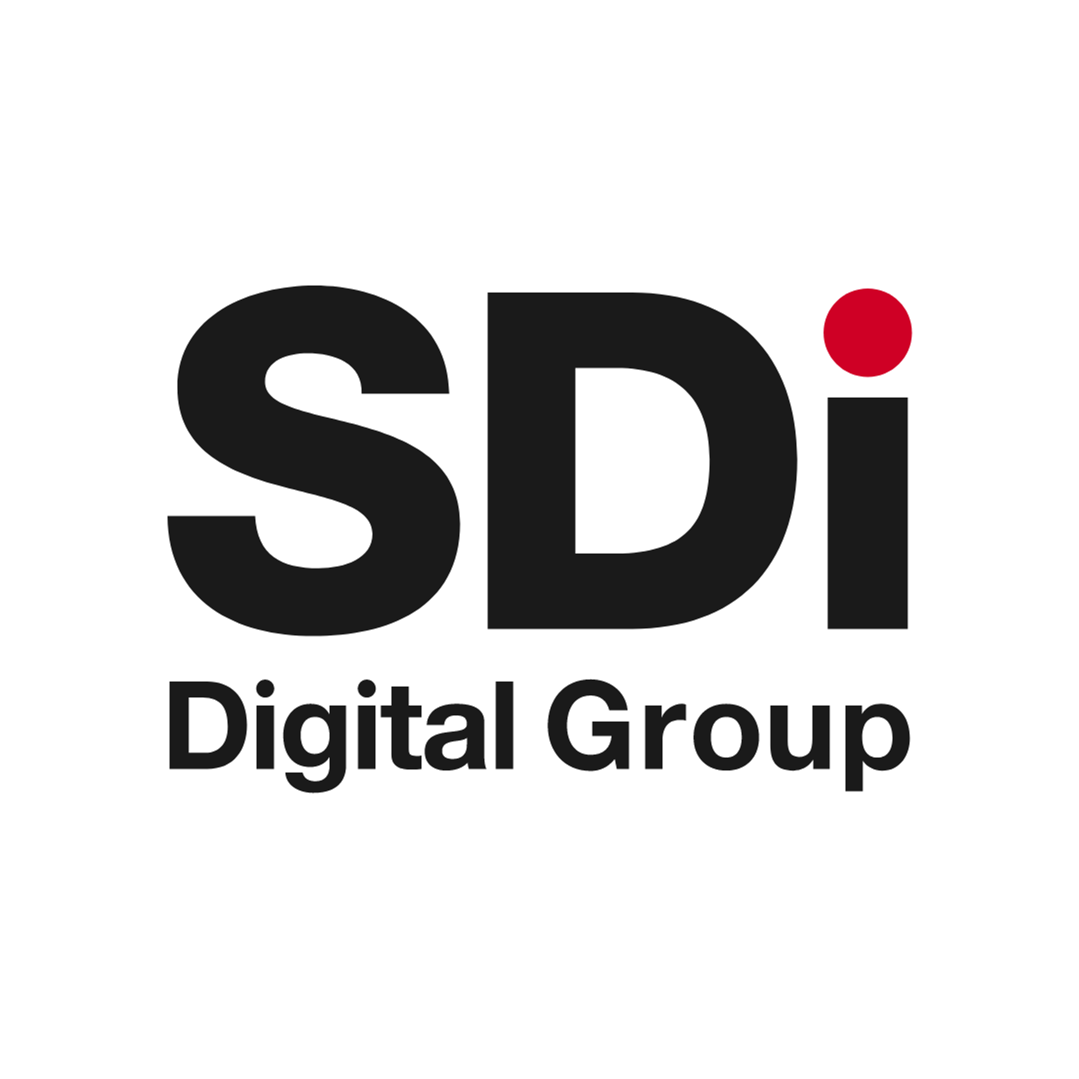Quality Function Deployment By André Vondran
Quality Function Deployment (QFD) is a methodology for capturing customer wants and needs (requirements), translating these requirements into technical design and functional requirements, and deploying these translated requirements into parts, processes, and controls.
Purpose
QFD provides a means to manage various customer requirements and translate them into design requirements, which in turn becomes the basis for product and process characteristics, which in turn becomes the basis for the manufacturing control plan. QFD uses matrices to illustrate these relationships and establish priorities.
Who Uses the Tool
QFD can be used by anyone for virtually any type of product or process. It is best applied to specific needs: Areas in which significant improvements or “milestone” achievements are needed or desired.
Benefits
The advantages of QFD include:
· Minimal communication problems across all disciplines.
· Reduction in development time and costs.
· Minimal start-up problems and associated start up costs.
· Meet customer requirements
· Corporate knowledge retention
Stages
QFD is useful during all of the following phases of MSRP:
Concept Approval Stage: QFD is used to determine what the customer (end user) requirements are and to evelop program objectives.
Planning: QFD is used to place the customer (end user) requirements into a format understood by product engineering and then into a format understood by manufacturing engineering. Key characteristics are developed.
Evaluate for Effective Use
Before beginning a QFD, it is important that the following questions be answerable and acceptable:
· Who originated the project?
· What is the mission?
· What are the goals?
· What is the timing?
· What is the scope?
· What budget is available for the study?
· Who are the stakeholders?
· What is the composition of the cross-functional team?
· Who is responsible for each chart level?
· Will training of CFT members be required? Who will facilitate? Is a QFD software needed?
Example
Phases of QFD
QFD involves a series of phases in which customer requirements are translated into levels of technical requirements. The phases are documented and linked by a series of matrices. The number of phases can vary, but it is normally recommended that one starts with a 4-Phase approach.
Phase 1: The Product Planning QFD is usually the most difficult and time consuming of all the phases since it requires determining what the customer requirements are. Once the customer requirements are determined, the first step is to translate the “voice of the customer” into technical requirements. Relationships between the customer requirements and technical characteristics can then be determined. The weak technical characteristics are then filtered out while the remaining are passed on to the product design QFD.
Using the sample QFD provided, examples of translating customer requirements into technical requirements are shown. Customer wants pizza “piping hot”; this can be translated into a design requirement of Temperature with a technical specification of 120 Deg F. Another example would be that the customer states she doesn’t want her pizza to be “soggy”. The “sogginess” of a pizza is directly related to the type of crust, the amount and type of sauce, and the temperature/time at which the pizza is baked. These become design requirements. The actual time/temp, type of sauce, and crust thickness becomes corporate specifications which the company will have to determine for itself. “Key Characteristics” are conceived and identified under “Strategic Importance Weighting.”
Phase 2: Product Design QFD: With the technical characteristics identified, the QFD team determines what the characteristics of the part are supposed to be. Relationships between the technical and part characteristics are established. Comparisons with competitors should be done, this includes both technical and subjective comparisons. It is at this phase that customer “Key Characteristics” are solidified.
Phase 3: Process Planning QFD: The part or product characteristics are now translated into the process characteristics. An example of this is, what must be done to ensure that the pizza is baked for the correct time at the correct temperature. Machines, equipment, and processes are identified here. Manufacturing “Key Characteristics” are conceived and identified here.
Phase 4: Manufacturing Control QFD: With the process characteristics now identified, the manufacturing control methods are now identified.
House of Quality Construction Steps
Step 1 Determine the customer needs and wants in their words. Listen and write down without interpreting. However, a contradictory task is listening for the subconscious customer wants and needs. In Japan, this is referred to as the “customer murmurs.” Let the customer speak – do not lead them to the answer by the questions. Construct interviews and surveys to obtain expansive answers rather than yes or no answers. Use questions such as:
· What do you need/want?
· How do you know when you have it?
· What are your priorities?
· What are your perceptions?
Use a market survey, focus group, warranty feedback, service calls, customer complaints, etc. Supplement with direct questions to customers, co-workers, friends, and neighbors, QFD team members, and buyers of the product and service. Make sure that you obtain data that demographically matches your buyers.
Don’t wait for the “final” marketing survey. Use what is readily available to get started.
After obtaining the customer wants and needs, obtain the management and government wants and needs. Do not mix them together at this point.
Step 2 Subjective Competitive Comparison. Having determined what the customer wants in step 1, a comparison between your product and that of your competitors should be assessed. Outside parties should be used to make this subjective comparison. If benchmarking is desired, that information should be entered here.
Step 3 Establish Importance of Customer Requirements. This is most easily done while step 1 is being conducted. A simple chart of 1 not very important to 10 very important suffices. There are other means of calculating Importance which takes into account customer importance, competitive improvement ratio, and sales importance (sales points).
Step 4 Record field complaints. This includes data from service, warranty, product reviews (eg; Polk, J.D. Powers, etc.), and customer complaints.
Step 5 Define the Technical characteristics. Step 5 establishes the technical (aka: quality) characteristics to which objective requirements are set to meet the “voice of the customer.” The technical or quality characteristics come from the functional features and not the parts list of a product.
Step 6 Relationship Matrix. Fill in the relationship matrix between the customer wants and the design requirements. Use the symbols provided.
Step 7 Establish the Operational Goals or Targets. Step 7 sets the measurable criteria for the technical/quality characteristics of the product and/or service. Each specification should be objective with a defined measurement method and units. Previous specifications can be examined for use. Do not assume that the current product meets the specification! There are more good designs on paper than in fact. Do not automatically accept the specifications. Where possible determine the origin of the specification. Record the origin of any new requirements. Be ready to defend the specification against competitive product performance.
Some requirements will not be able to be objectively quantified. These requirements should then be subjectively determined against the best-in-class products. Examples requiring a subjective jury are products appealing to the senses of taste, smell, sound, feel, and sight.
Step 8 Determine the degree of Technical Difficulty required to achieve the quality characteristic. The QFD team established the the degree of difficulty associated with each of the design requirements using a scale of 1-5 (5 difficult).
Step 9 Objective Technical Comparisons of Competitors. Step 9 provides a plot of the objective performance of the product against the competition using the technical requirements. Use existing data whenever possible. Make sure testing methods between new product and competitors is the same. The entry from this step can be continuously updated as data is obtained.
Step 10 Strategic Importance Weighting. Different methods are available to determine the importance of design requirements in terms of customer importance and technical difficulty.
Step 11 Design / Design Relationships.The purpose here is to determine what characteristics are highly interdependent.This will allow the new product team to focus on the “vital few” in addition to determining what other quality characteristics are effected positively by working on a specific characteristic. This is useful in setting action priorities.

Best Regards · Mit freundlichem Gruß · Cordialmente ·
Artículos de Andre Vondran
Ver blog
Return Materials Analysis is a inspection, testing and analysis of failed components that are return ...

Es bastante habitual que los compromisos no se cumplan, o los resultados no son los anticipados. · C ...

A Process Failure Mode and Effects Analysis (Process FMEA) is a systematic, detailed, form-driven an ...
Puede que te interesen estos puestos de trabajo
-

Customer Quality Engineer
hace 5 días
Carrier Corp EspañaCustomer Quality Engineer page is loaded · Customer Quality Engineer · Apply locations Narciso Monturiol Poligono Industrial Llanos De Jarata S/N, 14550 Montilla, Spain time type Full time posted on Posted Yesterday job requisition id Country: · Spain Location: · Narciso Mo ...
-

Analista De Quality Assurance
hace 3 días
Sdi Digital Group Boadilla del Monte, EspañaAnalista de Quality AssuranceCountry : Spain · JOB DESCRIPTION - EXTERNA · Título de la posición : Analista de Quality Assurance · División / Sociedad : Santander Digital Services · Área : T&O · Localización : Boadilla del Monte, Madrid SANTANDER DIGITAL SERVICES está buscando un ...
-
Quality Assurance Specialist – Barcelona
hace 1 día
Tillotts Pharma AG Barcelona, España» » Quality Assurance Specialist – Barcelona Para nuestra sede en Barcelona buscamos un · Quality Assurance Specialist – Barcelona · Estará a cargo de las siguientes funciones relacionadas con la Garantía de la calidad (QA) y el Supply Chain Management (SCM) en la filial Iberi ...

Comentarios